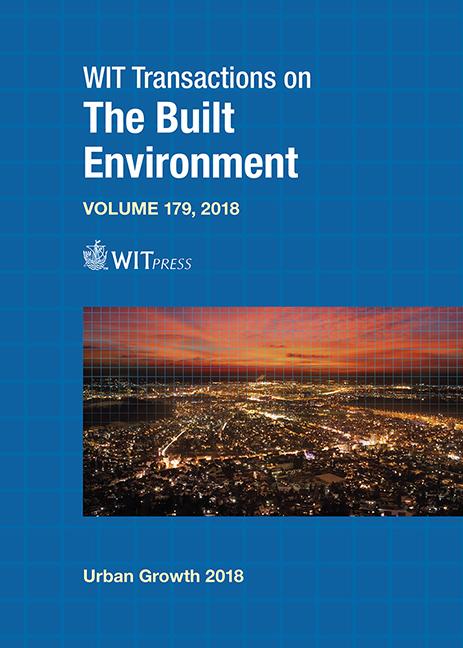WATERFRONT LANDSCAPES IN SPANISH CITIES: REGENERATION AND URBAN TRANSFORMATIONS
Price
Free (open access)
Transaction
Volume
179
Pages
12
Page Range
45 - 56
Published
2018
Size
1,094 kb
Paper DOI
10.2495/UG180051
Copyright
WIT Press
Author(s)
PABLO MARTÍ, CLARA GARCÍA MAYOR, ANA MELGAREJO
Abstract
The process of regenerating and integrating urban water spaces, which converts them into valuable and attractive landscape elements, is a relatively recent phenomenon in Spanish cities. Seas, rivers and wetlands have traditionally been either a means of communication with an economic value or a hydraulic problem requiring management. The first expressions of this new relationship between water and cities date back to 1988, when the UR journal of the Urbanism Laboratory, Barcelona School of Architecture, in its second issue dedicated to the Urban Project, highlighted the transformation of Barcelona’s port waterfront. Another important milestone occurred in the mid1990s when Urbanism journal – published by Madrid Architects’ Association – launched a special issue on the port and river transformations of several Spanish cities that possessed a specific urban character. This issue included an influential article “Urban Ports. Transformation of dock areas in urban contexts”, which revealed two important aspects of the urban role of water. First, a reference to Peter Hall who described the revitalization of waterfronts as the major event in urban planning in the 1980s and compared them to the importance of motorways and new residential areas of the 1950s and 1960s. Second, the remodelling of port spaces for urban uses was described as one of the most interesting issues in urban planning in recent decades. These interventions provided a greater understanding of the territorial and urban context in which they were situated, incorporating, therefore, a better integration of the landscaping project. The selected sea and river waterfronts in this paper offer an overview of the urban and territorial strategies proposed for the Spanish cities. Several situations are chosen to demonstrate the variety of encounters between the city and water: the maritime fronts, the riverfronts and a case corresponding to lagoons or wetlands.
Keywords
urban waterfronts, urban regeneration, urban transformation, urban water strategy, Spanish waterfronts





